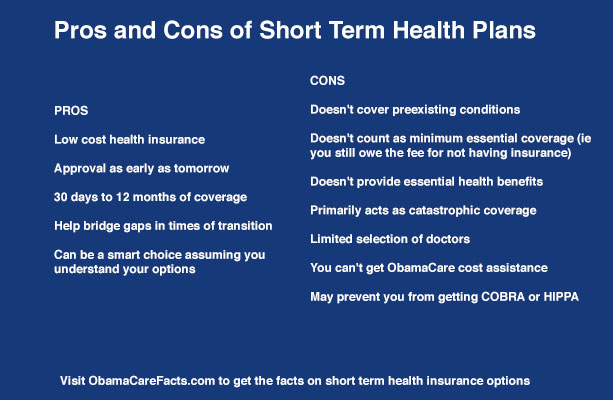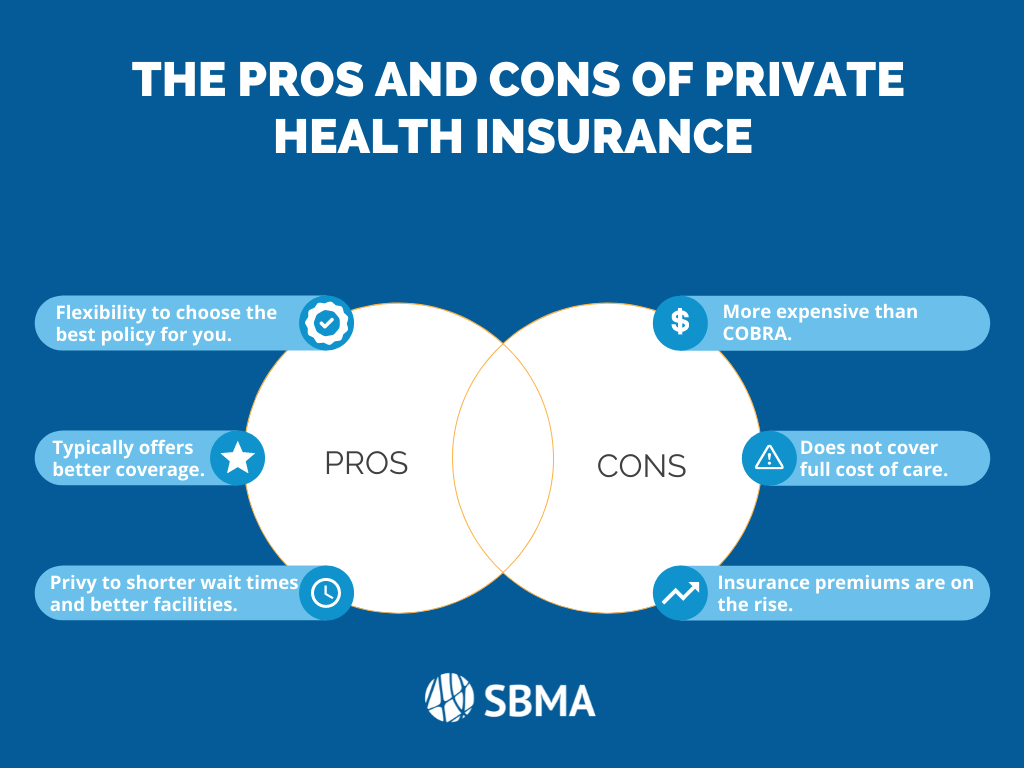Some Ideas on Medicare Advantage Agent You Need To Know
Some Ideas on Medicare Advantage Agent You Need To Know
Blog Article
Getting The Medicare Advantage Agent To Work
Table of ContentsHow Medicare Advantage Agent can Save You Time, Stress, and Money.7 Simple Techniques For Medicare Advantage AgentMedicare Advantage Agent for Dummies

adheres to from perplexing the reasonably young age account of the without insurance with the much better health and wellness, on standard, of younger persons. This obscures the link in between health and wellness condition and medical insurance. For those without access to office medical insurance, bad health and wellness is a prospective obstacle to purchasing nongroup coverage since such protection may be highly priced, exclude pre-existing conditions, or be merely inaccessible. The number of without insurance Americans is not especially huge and has actually not changed recently. Seven out of 10 respondents in a country wide representative study assumed that fewer Americans lacked medical insurance than in fact do(Fronstin, 1998). About fifty percent(47 percent )believed that the number of individuals without health and wellness insurance policy reduced or stayed constant over the last half of the last years(Blendon et al., 1999). This decrease of virtually 2 million in the number of people 'without insurance policy (a reduction
of around 4 percent)is definitely a positive adjustment. With a softer economic situation in 2000 the most recent reported gains in insurance protection might not proceed(Fronstin, 2001 ). The decline in the variety of uninsured will certainly not continue if the economy remains slow and health care costs remain to surpass rising cost of living. This is due to the fact that the data were gathered for a duration of solid economic performance. Of the approximated 42 million individuals that were uninsured, all but about 420,000(about 1 percent)were under 65 years old, the age at which most Americans come to be eligible for Medicare; 32 million were grownups in between ages 18 and 65, around 19 percent of all adults in this age group; and 10 million were kids under 18 years old, about 13.9 percent of all youngsters (Mills, 2000). These estimates of the number of individuals without insurance are created from the annual March Supplement to the Present Populace Survey (CPS), conducted by the Census Bureau. Unless otherwise noted, national estimates of individuals without medical insurance and percentages of the population with various kinds of coverage are based upon the CPS, one of the most extensively used resource of estimates of insurance protection and uninsurance rates. These surveys and the quotes they generate are described briefly in Table B. 1 in Appendix B - Medicare Advantage Agent. These surveys vary in dimension and sampling methods, the concerns that are inquired about insurance policy
The 2-Minute Rule for Medicare Advantage Agent
coverage, and the time period over which insurance policy protection or uninsurance is gauged(Lewis et al., 1998, Fronstin, 2000a ). Still, the CPS is specifically valuable due to the fact that it produces yearly price quotes reasonably quickly, reporting the previous year's insurance protection approximates each September, and since it is the basis for a constant set of price quotes for greater than twenty years, allowing for evaluation of fads in coverage gradually.

Medicare Advantage Agent - Truths
Over a three-year duration starting early in 1993, 72 million people, 29 percent of the U.S. population, were without coverage for a minimum of one month. Within a solitary year(1994), 53 million people experienced at least a month without coverage(Bennefield, 1998a). 6 out of every ten uninsured adults are themselves employed. Although functioning does improve the likelihood that and one's household participants will have insurance coverage, it is not a warranty. Also participants of families with two full-time wage earners have nearly a one-in-ten possibility of being uninsured (9.1 percent uninsured rate)(Hoffman and Pohl, 2000 ). The relationship between medical insurance and access to care is well developed, as recorded later in this chapter. The partnership in between wellness insurance coverage and health outcomes is neither direct neither straightforward, a considerable clinical and health and wellness services study literary works web links health and wellness insurance policy coverage
to improved better accessibility care, better quality, and improved boosted and population health wellnessCondition As an example, the 2nd record, on individual health and click here now wellness end results for without insurance grownups, is stood for by the inner circle of the number, while the third report, on household well-being, encompasses the topics of the 2nd record but stresses a different device of analysis, particularly, the family members. The sixth record in the collection will certainly provide details about strategies and efforts undertaken in your area, statewide, or across the country to deal with the absence of insurance and its unfavorable effects. Levels of evaluation for taking a look at the effects of uninsurance. This discussion of medical insurance coverage focuses largely on the united state populace under age 65 because practically all Americans 65 and older have Medicare or various other public protection.
It concentrates especially on those without any type of health insurance for any size of time. The problems encountered by the underinsured remain in some respects comparable to those dealt with by the without insurance, although they are generally much less severe. Uninsurance and underinsurance, however, include distinctly various like it plan problems, and the methods for addressing them might differ. Throughout this study and the 5 records to follow, the primary emphasis gets on individuals with no medical insurance and hence no assistance in paying for health and wellness care past what is offered through charity and safeguard organizations. Medical insurance is a powerful variable affecting invoice of treatment since both patients and doctors respond to the out-of-pocket price of services. Medical insurance, nevertheless, is neither needed nor adequate to access to medical solutions. The independent and direct impact of wellness
insurance insurance policy protection access to health health and wellness is well established. Others will get the health and wellness treatment they need even without health and wellness insurance policy, by spending for it out of pocket or seeking it from suppliers who provide treatment free or at highly subsidized rates. For still others, medical insurance alone does not ensure invoice of care as a result of various other nonfinancial obstacles, such as a lack of healthcare service providers in their community, limited access to transportation, illiteracy, or linguistic and social differences. Official research study concerning uninsured populations in the United States dates to the late 1920s and very early 1930s when the Committee on the Cost of Treatment produced a series of records regarding financing physician office sees and hospital stays. This concern became salient as the numbers of medically indigent climbed up throughout the Great Clinical depression. Empirical researches regularly support the web link between access to care and boosted wellness outcomes(Bindman et al., 1995; Starfield, 1995 ). Having a regular source of treatment can be taken into consideration a forecaster of access, instead of a direct measure of it, when health and wellness end results are themselves made use of as accessibility signs. This extension of the concept of access dimension was made by the IOM Board on Keeping An Eye On Access to Personal Healthcare Solutions(Millman, 1993, p. Whether or not moms and dads are insured shows up to influence whether or not their kids receive treatment as well as just how much careeven if the youngsters themselves have protection(Hanson, 1998). The wellness of parents can influence web their ability to look after their youngsters and the level of household anxiety. Bothering with their children's accessibility to care is itself a source of tension for moms and dads. Three chapters follow in this record. Chapter 2 supplies an overview of how employment-based health and wellness insurance, public programs and private insurance coverage policies run and communicate to provide extensive but insufficient coverage of the united state population. This consists of a review of historic fads and public laws impacting both public and private insurance coverage, a conversation of the interactions amongst the various types of insurance policy, and an evaluation of why individuals relocate from one program to an additional or end up

Report this page